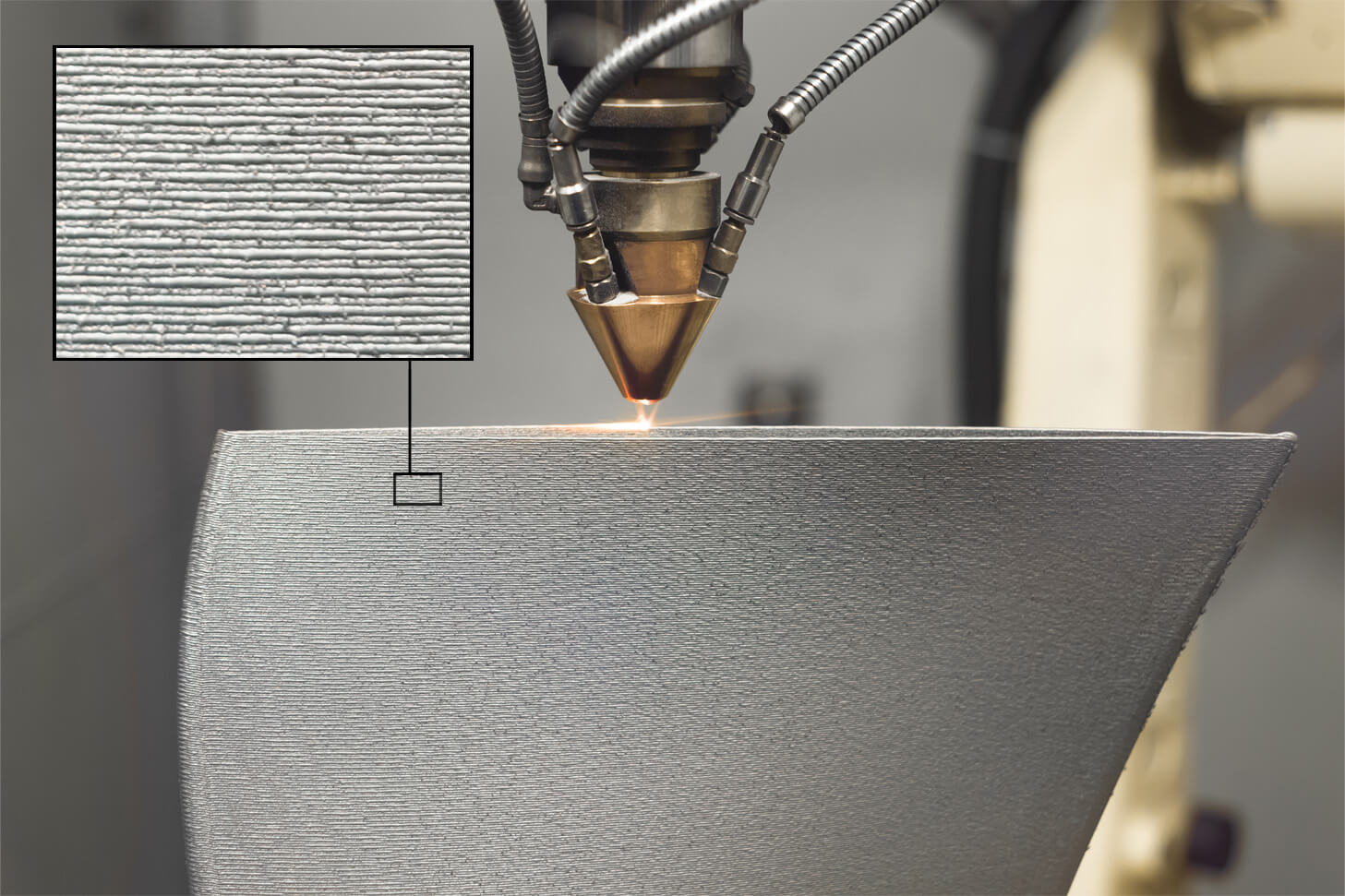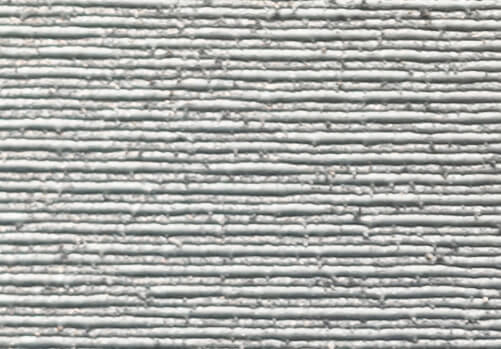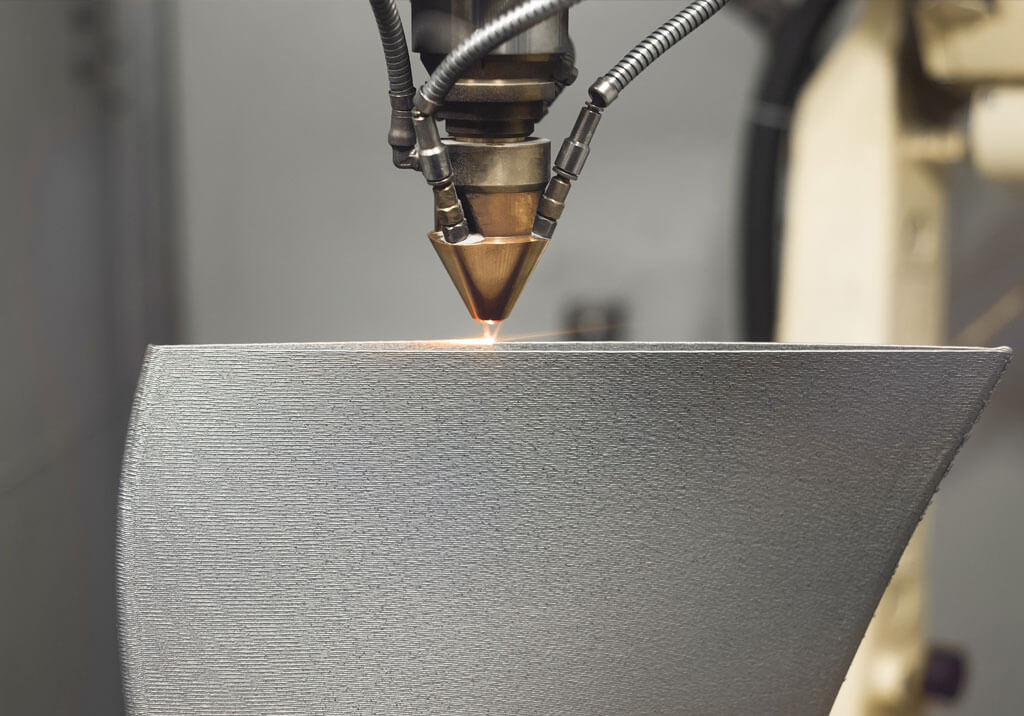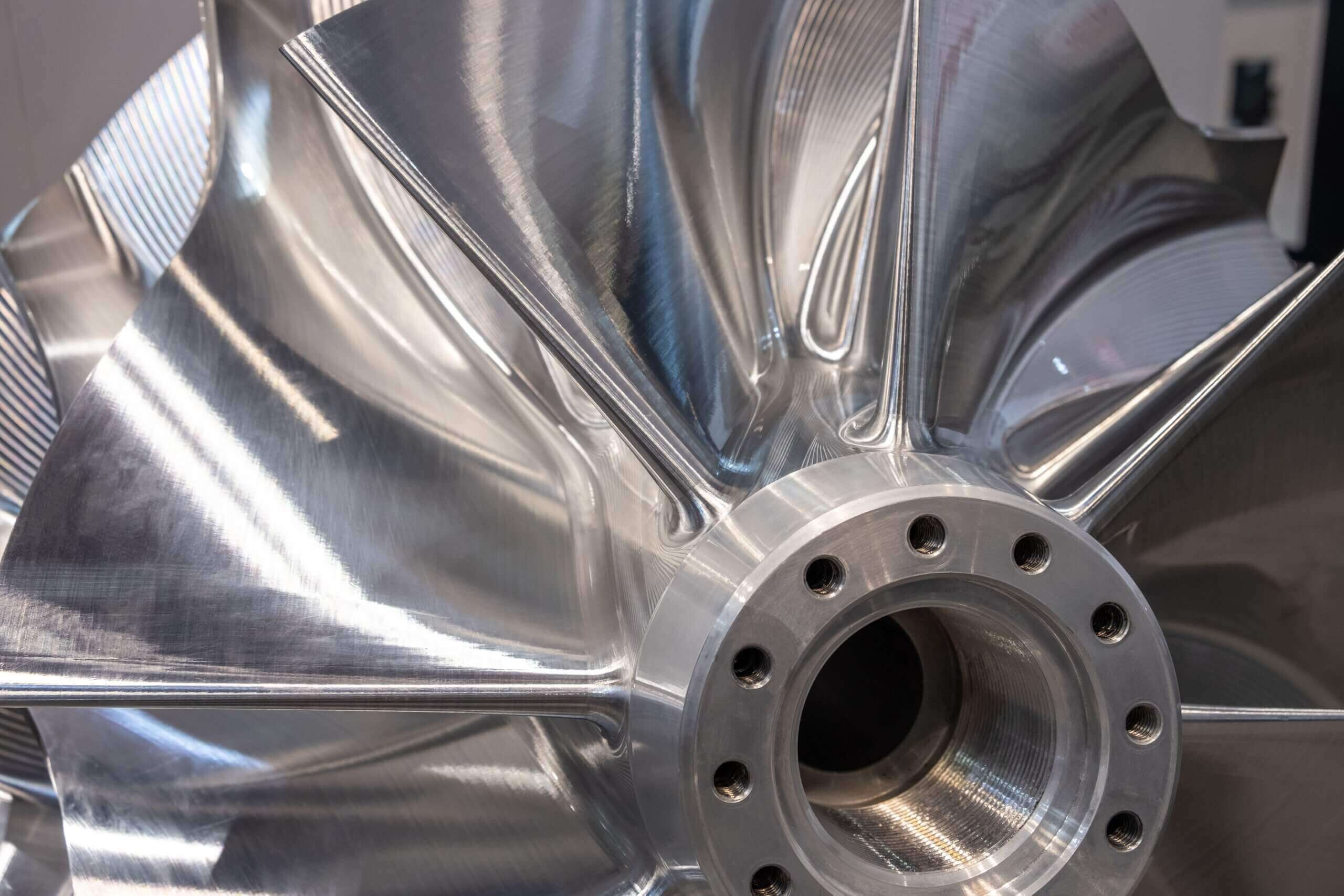Additive manufacturing is emerging as a powerful tool in how manufacturers create parts and products in many industries, especially those that have designs that are constantly evolving and require numerous prototypes.
There are many functional differences in parts created by additive manufacturing and milling. Additive manufacturing can create parts with complex geometries that are often stronger and lighter than traditionally created parts. And since additive manufacturing is the same cost regardless of the complexity of the part, it costs less to create complex parts than using milling. Secondly, since milling is a subtractive process, there is more waste generated than by using additive manufacturing. Also, full moving assemblies can be created in a single process with 3D printing, whereas with milling, the parts must be created separately and then assembled in a second stage.
However, one of the biggest advantages to additive manufacturing is that it can be used to easily create customized products. This is especially advantageous for industries such as aerospace and medical that are continually redesigning and refining critical parts. Using a traditional milling approach for prototypes is a very expensive proposition.
Despite which method is used to create a metal part, all invariably need deburring or finishing once the part is created. Only the subtractive process can achieve the most narrow tolerances and smoothest finishes, so it’s vital that a manufacturer using 3D printing utilize a sophisticated deburring and finishing solution to obtain critical tolerances and smooth finishes. Xebec works with the pioneering customers who are testing these processes and helping them to develop efficient finishing standards.
Additive manufacturing and Xebec products are a perfect match for such an innovation, ensuring consistency, quality and efficiency for post-process deburring and finishing.
What is additive manufacturing or 3D printing?
MIT describes additive manufacturing as “the process of creating an object by building it one layer at a time. It is the opposite of subtractive manufacturing (such as CNC machining), in which an object is created by cutting away at a solid block of material until the final product is complete.” In the metal parts industry, manufacturers use direct metal laser sintering to join layers of metal powder together.
Although it’s still an emerging technology, MIT states that businesses can use additive manufacturing to reduce costs and timelines, which directly influences customer satisfaction.
Additive manufacturing is ideal for any industry where the part’s function is more important than the price. Or where customizations, design changes or small lot sizes make it less expensive to manufacture an object additively than traditionally.


What is the reality of additive manufacturing applications today?
Additive manufacturing, a once-future technology, is now poised to become a mainstay in many markets, especially aerospace. But it’s still a relatively new frontier in terms of metal manufacturing processes.As such, manufacturers still have many questions about the process.
Here, we’ll relay some of the top questions and their answers based on trends we’ve seen in the industry today.
Q: Additive Manufacturing has been in the top five upcoming trends for manufacturers. Are you actually seeing that in application on the ground floor?
Yes, especially in aerospace, energy and medical industries. Some larger manufacturers already have in-house 3D printers to do jobs internally.
Q: What metals are used in additive manufacturing?
According to GE Additive, common metals used in additive manufacturing include:
- Titanium and titanium alloys
- Stainless steel
- Aluminum and aluminum alloys
- Cobalt chrome alloys
- Nickel-based alloys (such as nickel chromium super-alloys like Inconel)
Q: Does 3D printing or CNC machining create more burrs?
3D printing doesn’t create as many burrs as CNC machining. 3D printing can often eliminate 25 to 35 percent of the deburring that manufacturers see in CNC machines. However, deburring is still needed and a high-quality finish is still required.
Q: Why do companies choose to use 3D printing?
Many companies start using 3D printing primarily for time savings. They can often produce the casting and material faster in-house versus through a supplier.
Q: What are some of the benefits of doing 3D printing in-house?
If a company is developing a part and they need to make a minor design adjustment, it’s much easier to do on a 3D printing machine than recasting the part for a CNC machine. Also, 3D printing offers material savings. With a casting, a lot of material would be machined away. With 3D printing, it’s near-net. So, it’s less material to be removed and thus less deburring. However, manufacturers still need high-quality deburring to get precise edge breaks and smooth, consistent finishes.
Q: What are some of the factors that can make 3D printing challenging for manufacturers?
There is a similar set of challenges in 3D printing as in CNC machining. However, it’s important to consider the pace and controllability of the project, as well as best practices to minimize surface anomalies.
Producing parts in a controlled environment using controlled processes is key to a consistent finish. The end result is dependent on a number of different factors, such as the production environment, the humidity in the room, how long the 3D printer’s been running and how long it’s been cycling. For instance, when 3D printers make a pass, the spaces in between the lines can change depending on how long the cycle time is and hot or cold the machine is.
Q: How does finishing 3D-printed parts differ from the cutter mark removal process?
It’s more difficult. With cutter marks, if you have a good face-milling application where you’re running it across to clean up the surface, usually those tool marks are light. You can see them, but they’re easily addressed.
Q: Are Xebec deburring solutions well-suited for 3D printing?
Yes, Xebec products are a great fit for 3D printing and, with the assistance of our experts, manufacturers have actually achieved unreal surface finishes in the energy, medical and aerospace industries. As this remains a newer frontier, we work side-by-side with manufacturers to ensure our products will give them the finish they need following the additive manufacturing process.
Benefits of Xebec Deburring Solutions in Post Processing Additive Manufacturing
As manufacturers accelerate adoption of more advanced technologies like robotics, artificial intelligence (AI) and automation, they must retire outdated manual processes that counteract the time and cost benefits of those technologies. If a manufacturer decides to upgrade their production process with an investment in 3D additive manufacturing, they should also invest in getting the most sophisticated deburring tool to pair with it.
Ultimately, manufacturers are still striving to improve processes, production and quality. They’re striving for better RAs with specific finishes. You’ll see minimal burrs with a 3D-printed operation, but you still may see sharp edges or chamfers that need to be removed. You’re going to want to run something over the part to smooth that back out so you can replicate the previous finishes you were getting.
Xebec deburring technologies, such as the Xebec ceramic fiber surface brush that act like cutting tools, achieve more consistent and quality finishes than other brushes – and far outperform manual deburring in terms of time and results. Contact us to learn more about integrating Xebec products into the post-process of metal additive manufacturing at your organization.







2 thoughts on “Surface Finishing Developments in Additive Manufacturing: A Conversation from the Field”
This is a great article that clearly explains the challenges of achieving a good surface finish on 3D-printed parts. The comparison between 3D printing and CNC machining is helpful, especially for those unfamiliar with additive manufacturing.
I found the information about the factors that can affect surface finish in 3D printing to be particularly interesting.
Good read – We regularly work with casting companies with sand casting and 3d printing to hand so always good to learn on this subject more.